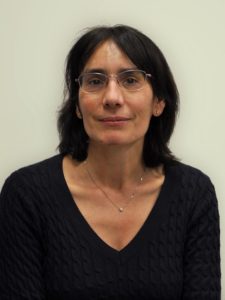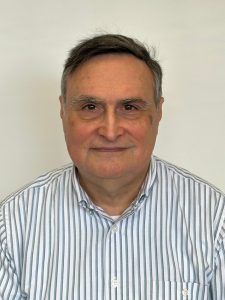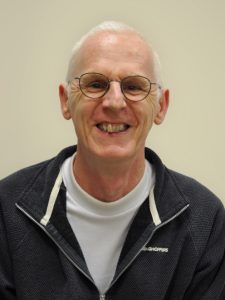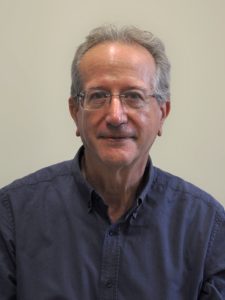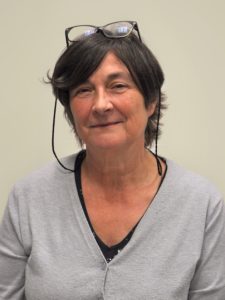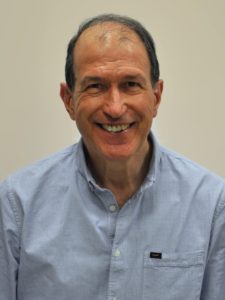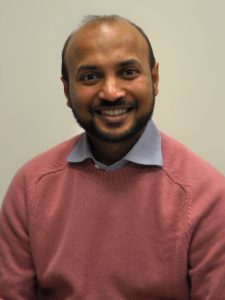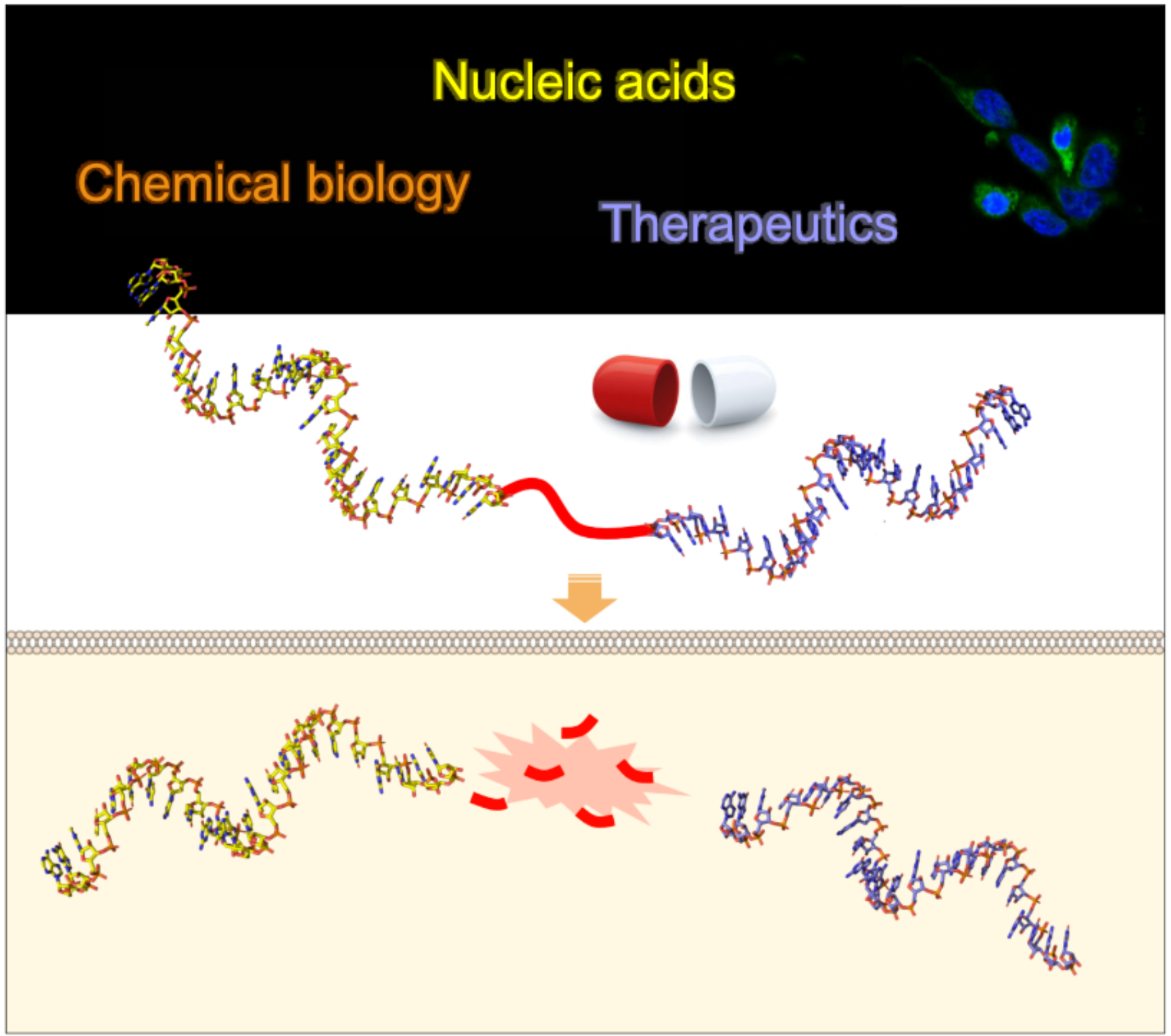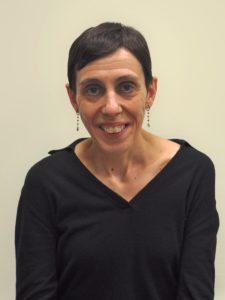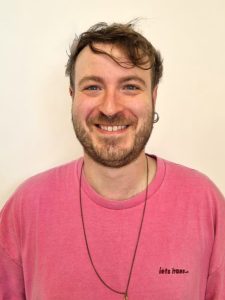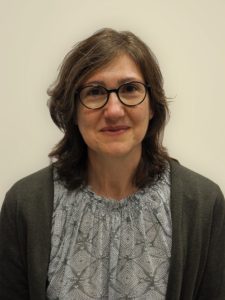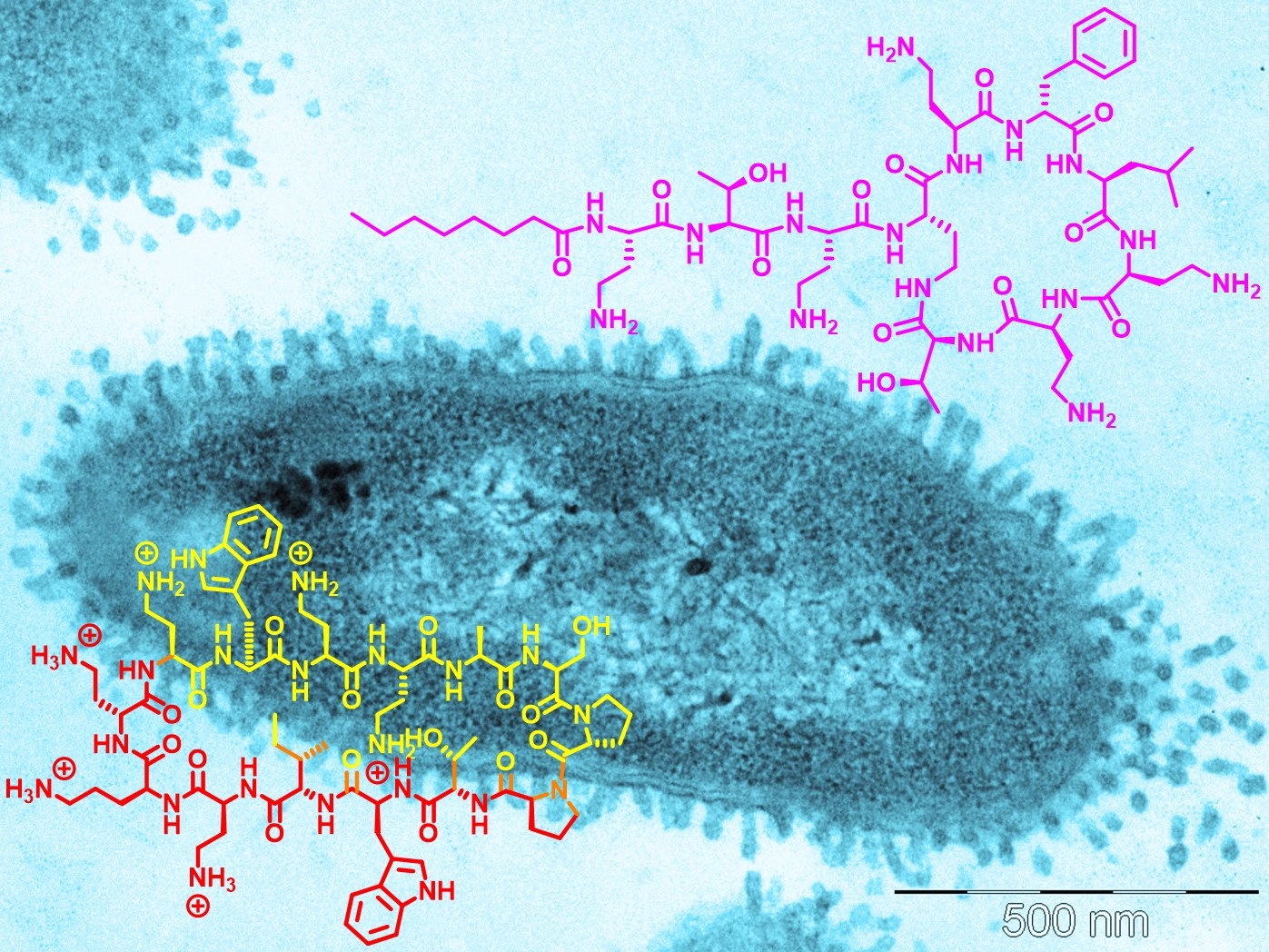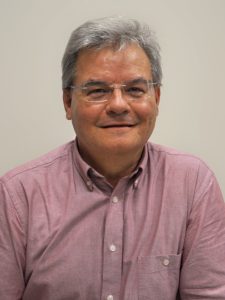
RESEARCH PROJECTS:
(a) Development of synthetic methodologies, based on [4+3] cycloadditions.
(b) Synthesis of natural and non-natural products with pharmacological activity (antibiotics and anticancer agents both, with organic structure and Pt complexes).
(c) Research projects for the fine chemicals industry and the pharmaceutical industry (scaling and optimization of synthetic processes, from the chemical, economic, technological, environmental and safety points of view).

Dr. Angel Manuel Montaña Pedrero


